1. A Pair of White Gloves

White gloves were practically a rite of passage for young women in the ’60s. Whether for church, formal dances, or even just an afternoon outing, having a pristine pair was non-negotiable. They added a touch of class and sophistication, instantly elevating any outfit. Most girls had at least one pair, usually made of cotton or kid leather, neatly tucked away for special occasions. Some even had different pairs for daytime and evening wear, each with subtle differences in length or embellishment shares Vogue.
Mothers often drilled the importance of keeping them spotless, which was no easy feat. A tiny stain could send a girl scrambling for a new pair or a quick wash before heading out the door. And heaven forbid you misplaced one—finding a single lost glove could feel like a small crisis. Still, they completed the polished, ladylike look that was expected of young women before they officially entered adulthood adds Who What Wear.
2. A Charm Bracelet
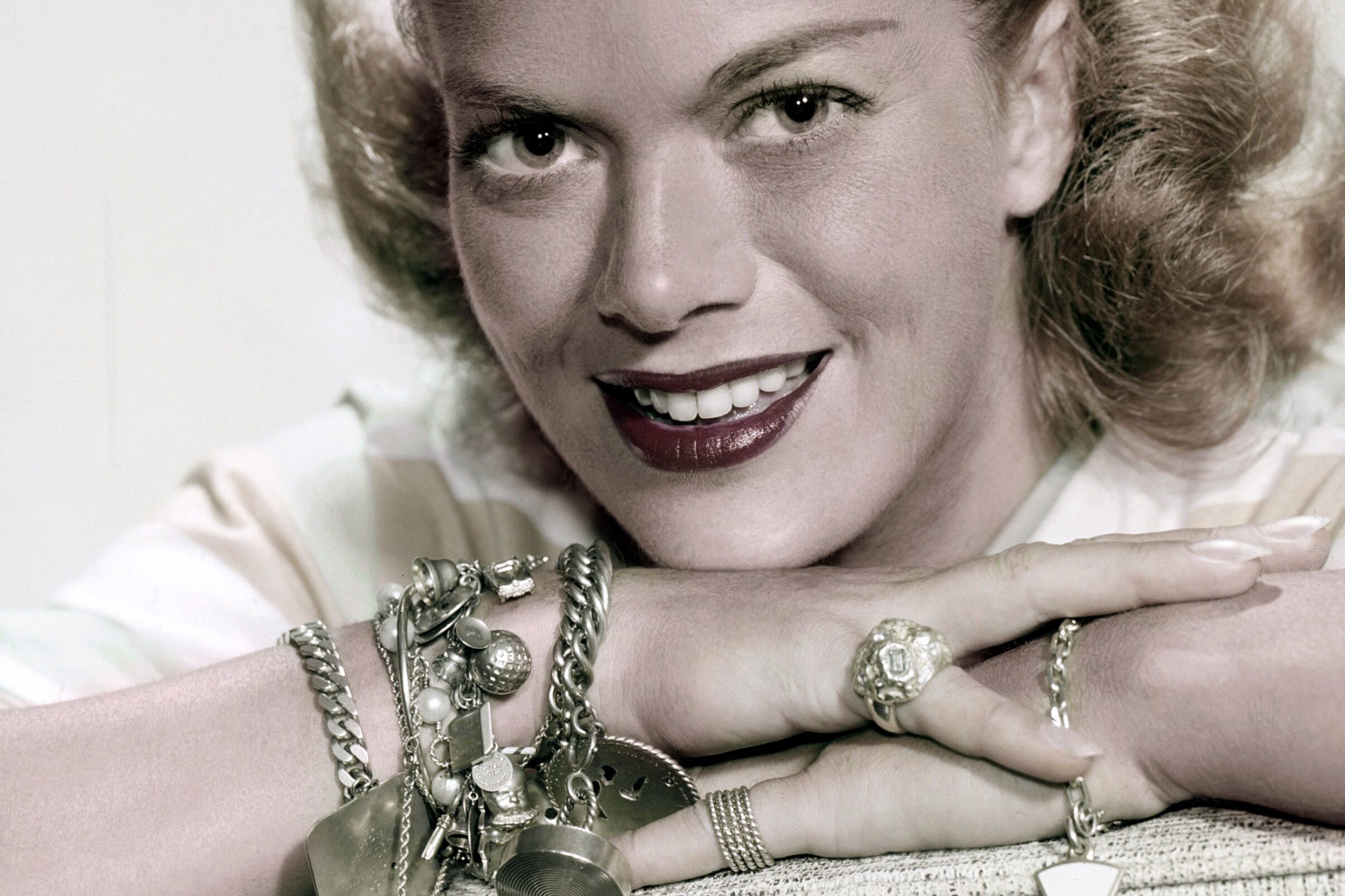
Charm bracelets were more than just jewelry—they told a story. By 18, a girl’s bracelet was supposed to be full of tiny charms representing milestones in her life. A birthday charm, a graduation cap, maybe even a miniature telephone to symbolize long gossip sessions with friends. Each charm was a little marker of her personality and experiences, making these bracelets a sentimental favorite shares Glamour.
Most were made of gold or silver and jingled softly with every movement. They made great conversation starters, as friends would compare their collections and trade stories about where each charm came from. If a girl’s parents or grandparents were feeling generous, she might even receive a charm to commemorate her 18th birthday itself. Wearing one was a sweet reminder of childhood and a subtle nod to the next stage of life explains Yahoo.
3. A String of Pearls
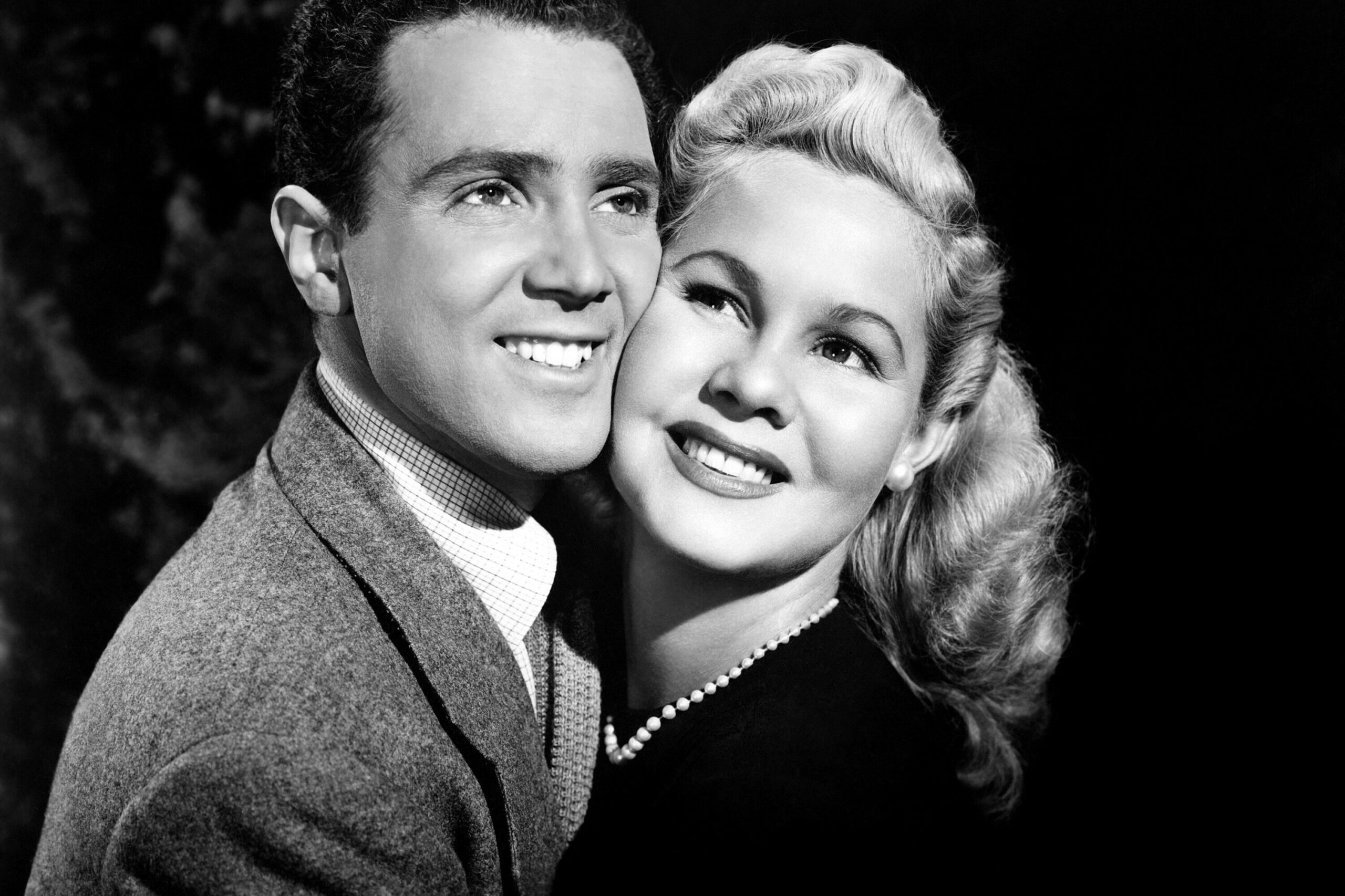
A delicate pearl necklace was seen as the ultimate symbol of refinement. By the time a girl turned 18, she was expected to have one, often gifted by a mother or grandmother. Whether real or faux, it was a must-have for formal occasions, from church services to debutante balls. A simple single strand was the standard, though some girls were lucky enough to own double or triple strands for extra elegance.
Pearls had a way of making even the simplest dress look sophisticated. They paired effortlessly with everything from sweater sets to evening gowns, making them a timeless choice. Keeping them clean was a task in itself, as they had to be stored carefully to avoid yellowing. But for many young women, slipping on a pearl necklace felt like stepping into adulthood with grace.
4. A Hope Chest
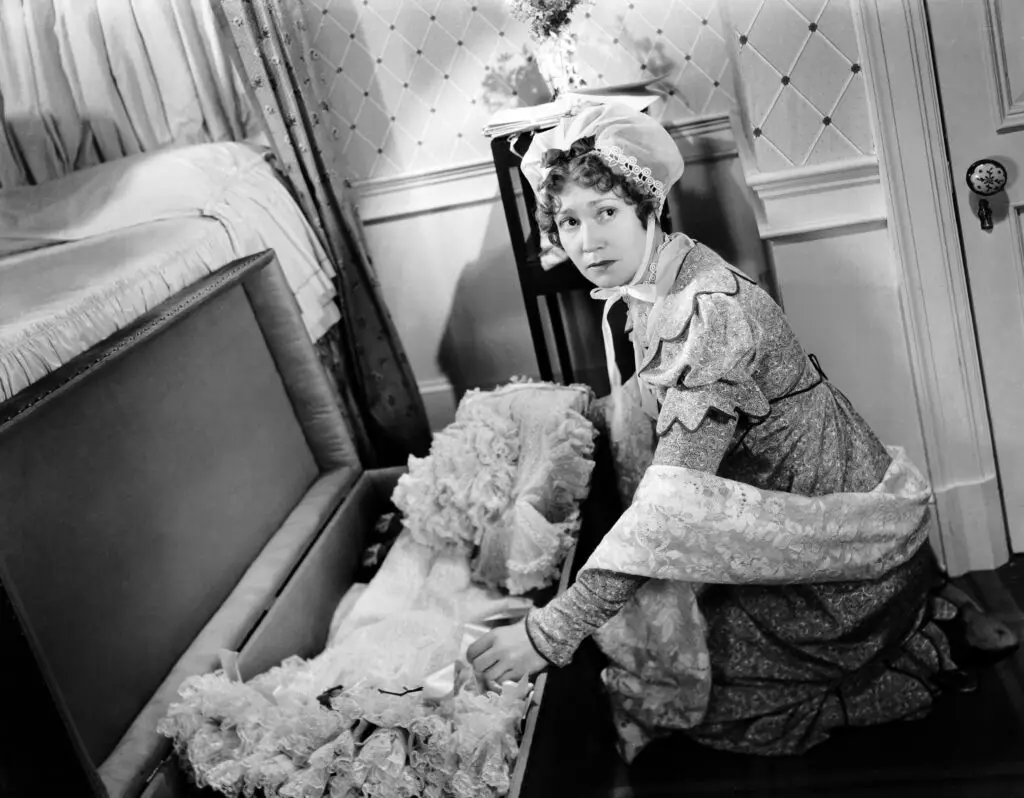
The hope chest was a tradition that had been around for generations. By 18, a girl’s chest was supposed to be filled with linens, embroidered pillowcases, and even a few kitchen essentials for her future home. It was a way for young women to prepare for marriage long before they had a ring on their finger. Some families took this tradition very seriously, making sure their daughters had a well-stocked chest by the time they left home.
The items inside were often hand-stitched by the girl herself or passed down from relatives. Some young women took pride in adding their own touches, monogramming sheets or crocheting doilies for their future living room. Even if a girl wasn’t rushing into marriage, having a hope chest was seen as a sign of being prepared. It was a quiet expectation that a well-brought-up young lady would have one waiting for the right moment.
5. A Vanity Set

Every young woman needed a proper vanity set to feel truly grown-up. By 18, she likely had a matching brush, comb, and mirror set, often made of silver or ivory. These were the kinds of gifts given on special birthdays, meant to last a lifetime. Sitting at a vanity, brushing her hair with an elegant silver brush, was part of a young woman’s nightly routine.
These sets weren’t just practical—they were a sign of femininity and grace. Some even came with additional pieces like a powder jar or perfume bottle to complete the look. They were often displayed proudly on a bedroom dresser, adding a touch of elegance to a girl’s personal space. Having one felt like a small but significant step into adulthood.
6. A Leather Handbag
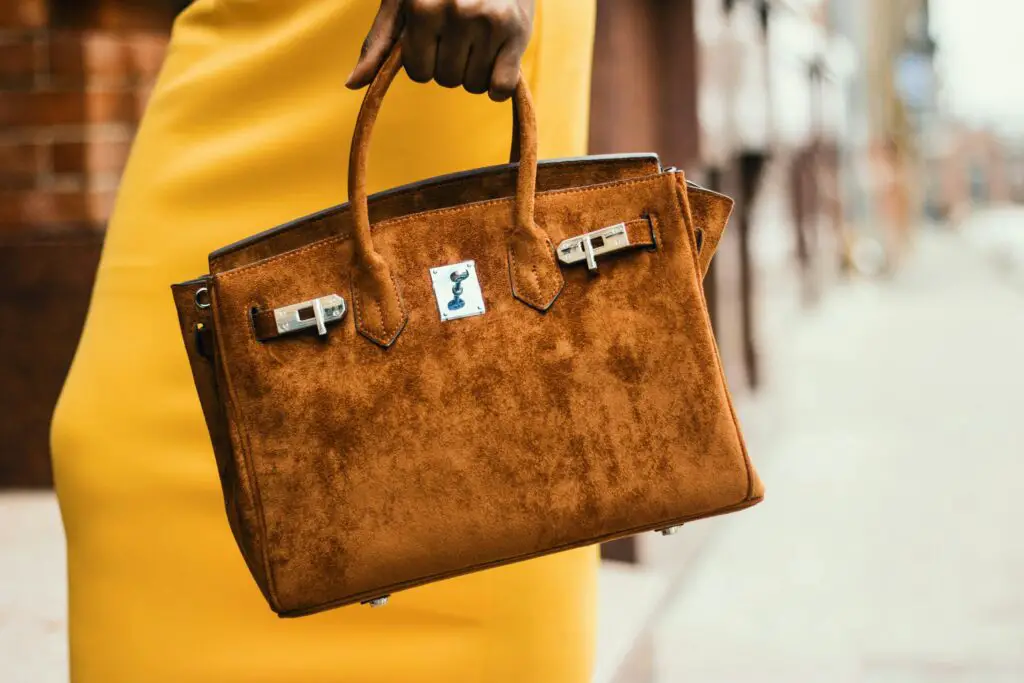
A proper handbag was more than just an accessory—it was a symbol of maturity. By 18, a girl was expected to trade in her school satchel for a structured leather purse. These bags weren’t oversized or flashy; they were practical and designed to carry essentials like a handkerchief, compact mirror, and a few dollars for emergencies. A young woman’s handbag was a reflection of her growing independence.
Most were simple but elegant, often in neutral tones like black, brown, or beige. Owning a real leather bag was considered a sign that a girl was ready for adulthood. Some even received one as a graduation gift, marking the transition from high school to the wider world. Carrying it with confidence meant she was prepared for whatever came her way.
7. A Monogrammed Handkerchief
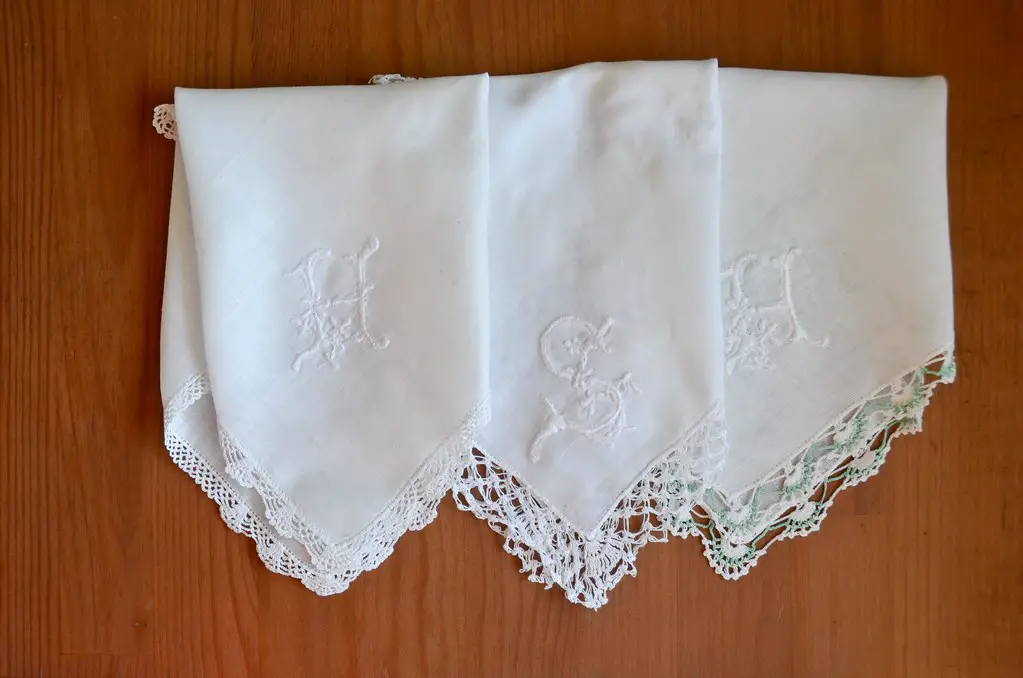
A lady never left the house without a handkerchief tucked neatly into her purse. By 18, most young women had a collection of beautifully embroidered, monogrammed handkerchiefs. They weren’t just for practical use—though they did come in handy for dabbing away tears or blotting lipstick. These delicate squares of fabric were a sign of refinement and good manners.
Many were gifts from grandmothers or aunts, often stitched by hand with a girl’s initials. Some were even passed down through generations, adding a sentimental touch. A monogrammed handkerchief showed that a girl paid attention to the small, elegant details in life. And while tissues eventually took over, for a time, these tiny accessories were an everyday essential.
8. A Compact Mirror

A compact mirror was one of the first “grown-up” accessories a girl received. By 18, it was a must-have in every young woman’s handbag. These elegant little cases often included a powder puff and a small mirror, perfect for quick touch-ups throughout the day. Some were simple and practical, while others were beautifully decorated with engravings or rhinestones.
Having a compact mirror meant a girl could check her appearance without needing a trip to the restroom. It was an accessory that blended function with sophistication. Many were gifted to young women on special occasions, making them sentimental keepsakes. Owning one felt like a small but important step into adulthood.
9. A Pair of Stockings with a Garter Belt
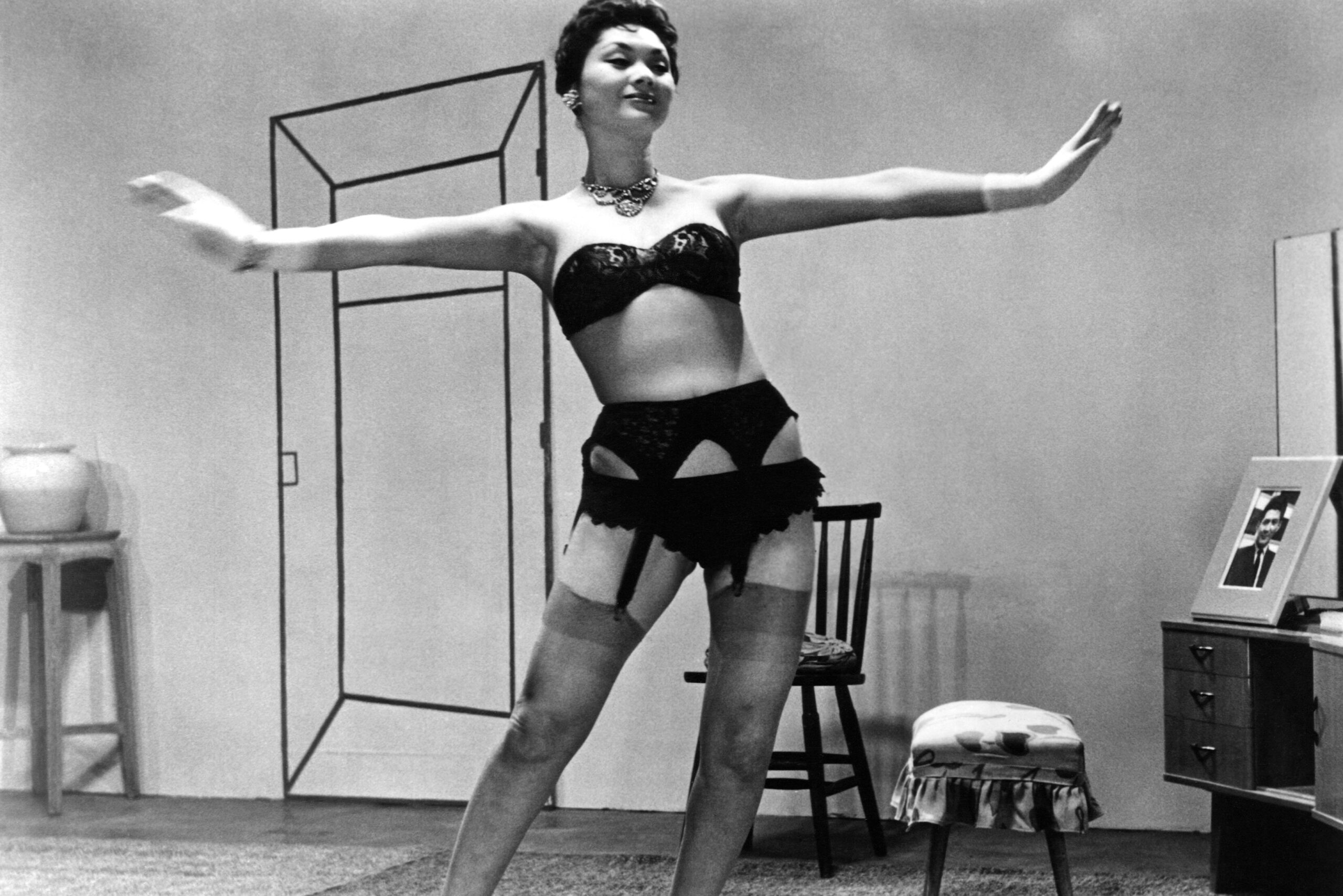
No respectable young lady would be caught without proper stockings in the ’60s. By 18, a girl had mastered the art of wearing stockings with a garter belt. Pantyhose weren’t common yet, so keeping stockings in place required skill and patience. The garter belt was both practical and a little glamorous, making a girl feel put-together.
Stockings were delicate and prone to runs, meaning young women always had to be careful. Many carried a spare pair in their purse just in case. Learning to attach the garter clips properly was almost a rite of passage. It was one of those small but significant lessons in looking polished and poised.
10. A Brooch
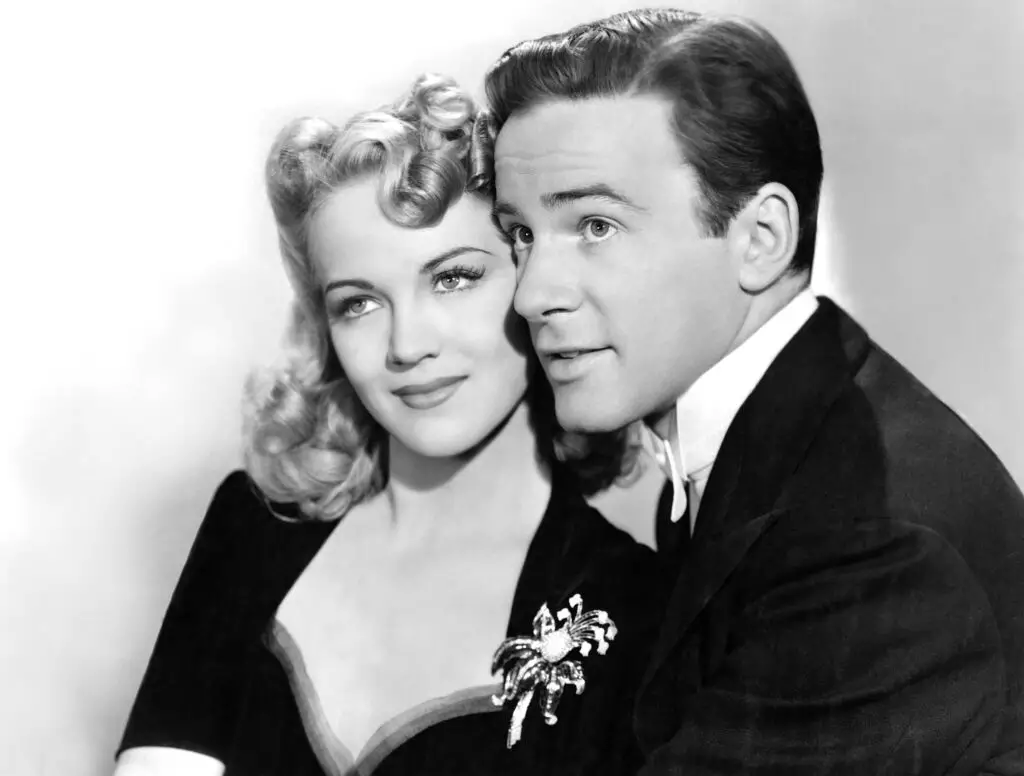
A brooch was the perfect finishing touch to any outfit. By 18, most young women had at least one, often gifted by a mother or grandmother. These decorative pins ranged from delicate floral designs to bold, sparkling statement pieces. They were a staple on dresses, coats, and even sweaters, instantly adding a touch of elegance. Some were simple gold or silver, while others featured pearls, rhinestones, or intricate enamel work.
Brooches weren’t just for show—they carried sentimental value. Many young women cherished pieces passed down from older relatives, feeling a connection to the past whenever they wore them. A well-placed brooch could dress up an outfit for church or a formal event, making it a versatile accessory. Even as fashion changed, these little pieces of jewelry remained timeless symbols of femininity and grace.
11. A Set of Clip-On Earrings
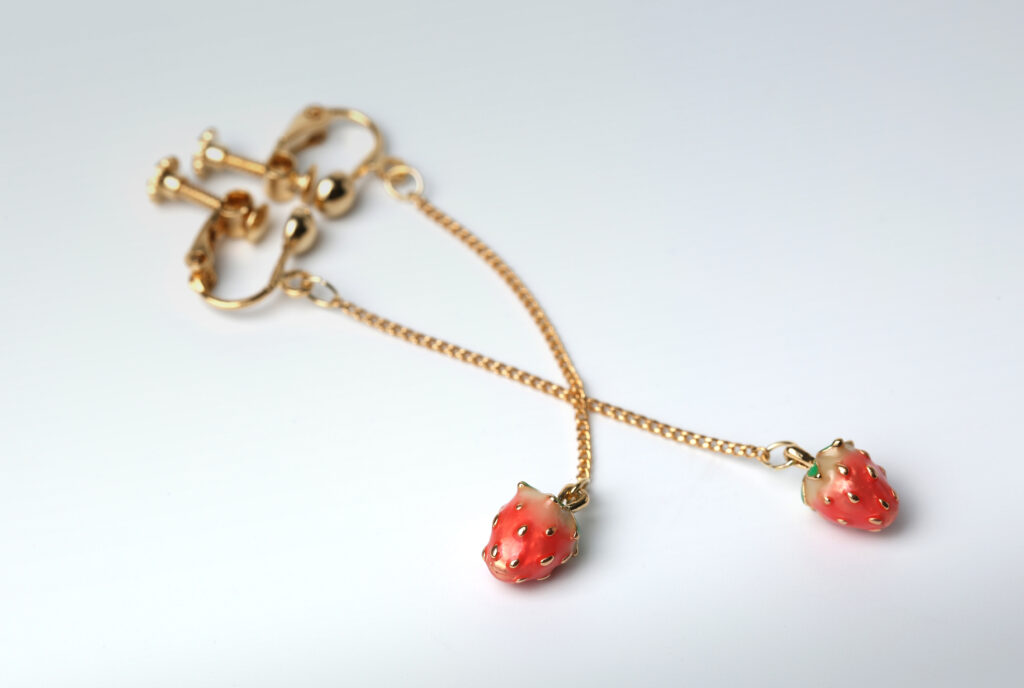
Not every girl in the ’60s had pierced ears, but that didn’t mean she skipped out on earrings. Clip-on styles were the norm, and by 18, a young woman was expected to have a few pairs for different occasions. Pearls and simple gold studs were perfect for everyday wear, while rhinestone or chandelier styles were reserved for dressier events. They added a touch of glamour, even if they weren’t the most comfortable.
Wearing clip-on earrings required a bit of endurance—some pinched so tightly they left red marks by the end of the night. But they were considered a sign of maturity, signaling that a girl was ready for more sophisticated fashion. Many young women received their first real set as a birthday or graduation gift. Despite their tendency to disappear in the bottom of a handbag, they were an essential part of any well-dressed girl’s collection.
12. A Matching Belt

A well-dressed young woman in the ’60s knew the importance of a good belt. By 18, she likely had at least one or two that matched perfectly with her dresses, cinching in the waist for that classic hourglass silhouette. These belts were often thin and made of patent leather, though wider styles became popular as the decade went on. A matching belt was a small but crucial detail in completing an outfit.
Many dresses came with their own coordinating belt, but owning a few extras in black, white, or pastel shades was a smart move. They weren’t just fashionable—they were functional, giving shape to boxy shifts or adding polish to a simple skirt and blouse. A young woman who paid attention to her accessories always had the right belt on hand. It was one of those little things that set apart a polished look from a thrown-together one.
13. A Nightgown and Robe Set
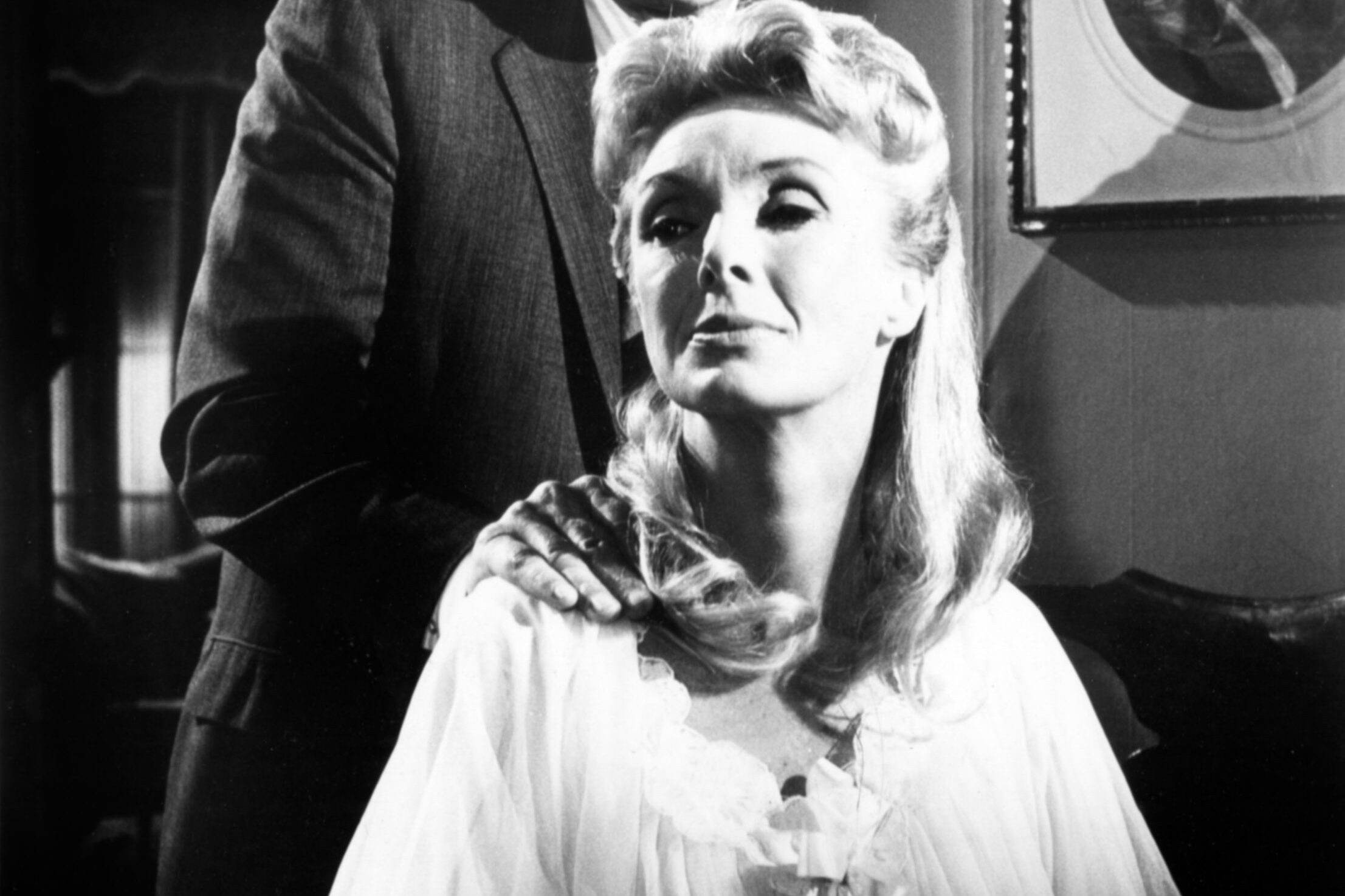
By the time a girl turned 18, she was expected to trade in her childhood pajamas for a more elegant nightgown and robe set. These weren’t just for sleeping—they were part of a proper young lady’s wardrobe. Flowing, pastel-colored gowns made of satin or nylon were especially popular, often trimmed with lace or tiny bows. The matching robe added an extra layer of sophistication, perfect for lounging before bed or answering the door in the morning.
This was the kind of set a girl might bring to a sleepover or wear on a special occasion like Christmas morning. They were both practical and stylish, making a young woman feel more grown-up. Some even had monogrammed initials for an extra personal touch. Owning a pretty nightgown and robe was just another step toward adulthood, even if it was mostly for show.
14. A Pair of Dressy Pumps
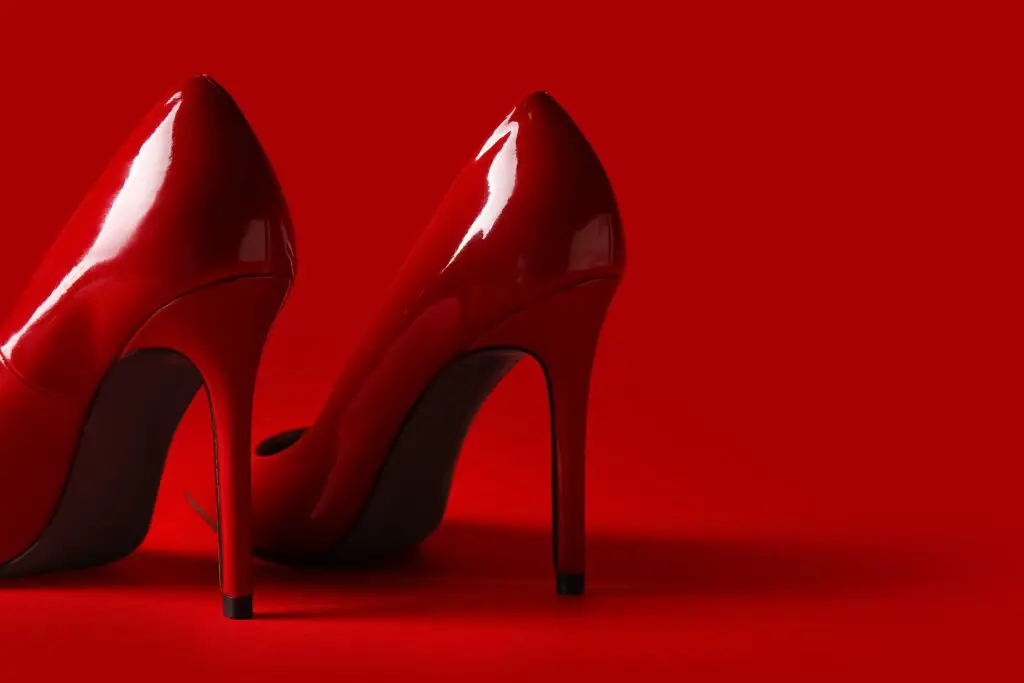
Every young woman needed at least one good pair of dress shoes by the time she turned 18. These were usually a simple pair of pumps in black, white, or nude, designed to go with everything from Sunday dresses to prom gowns. A modest heel—nothing too high—was the standard, giving just enough lift to feel elegant without looking too mature. These shoes were reserved for special occasions, kept in pristine condition between wears.
Walking in heels for the first time took some getting used to. Many girls practiced around the house, trying not to wobble as they learned to glide gracefully. The right pair of pumps could instantly transform an outfit, making even a simple dress feel more polished. Owning them was one of those unspoken milestones of growing up.
15. A Watch
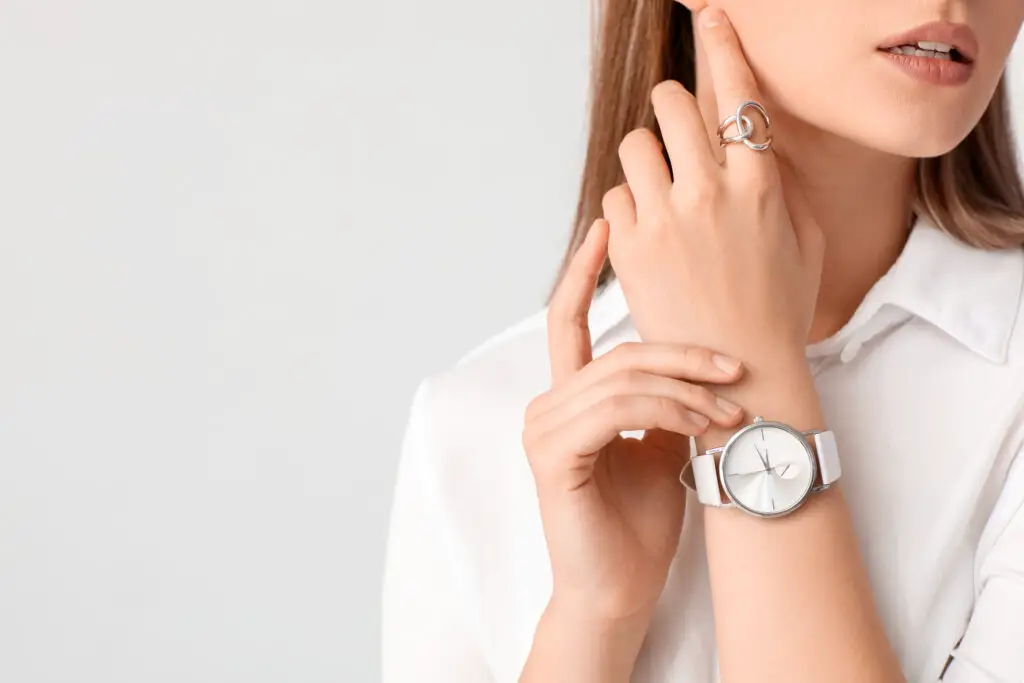
A lady was expected to be punctual, and a proper watch helped her do just that. By 18, a young woman likely owned a delicate wristwatch, often a birthday or graduation gift from her parents. These watches were usually slim and elegant, with a dainty band in gold or silver. Some had small diamonds or intricate engravings, making them as much a piece of jewelry as a functional accessory.
Wearing a watch was a sign of responsibility, proving a young woman could keep track of time without relying on others. Unlike today, checking the time meant glancing at your wrist, not pulling out a phone. A quality watch was meant to last for years, making it a cherished possession. It wasn’t just about telling time—it was about looking polished and put together.
